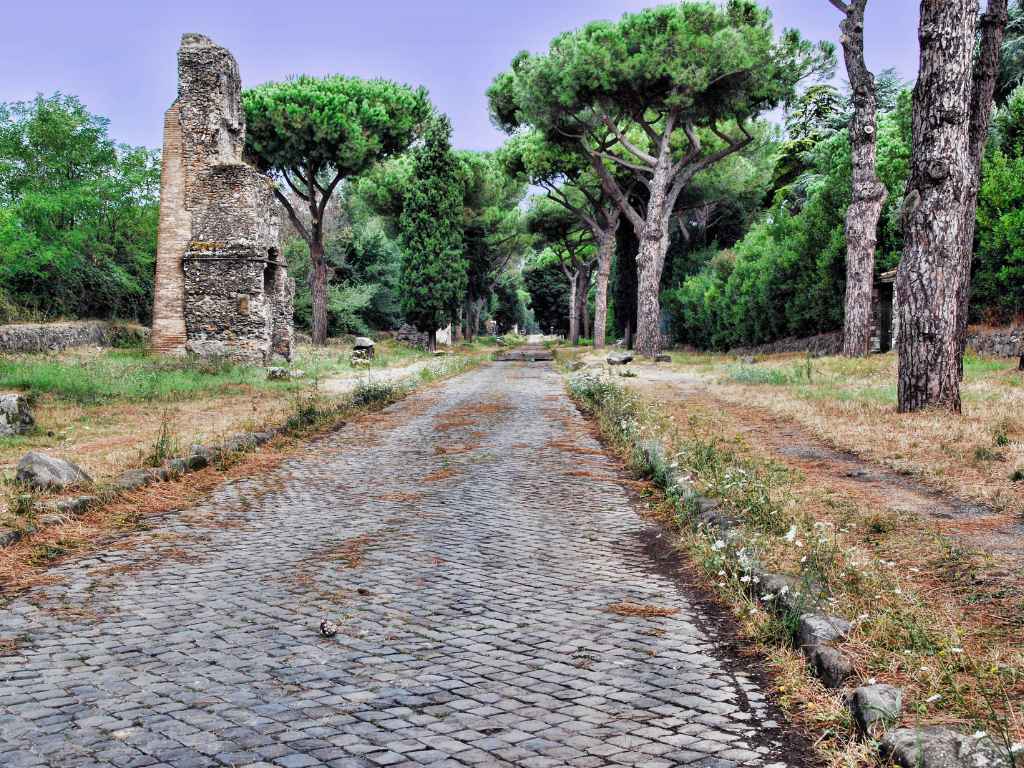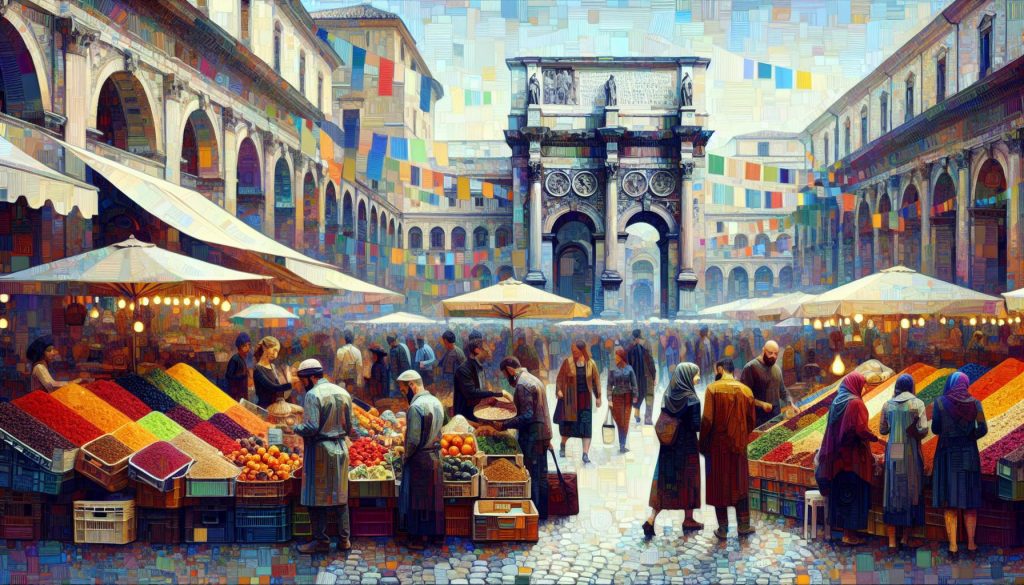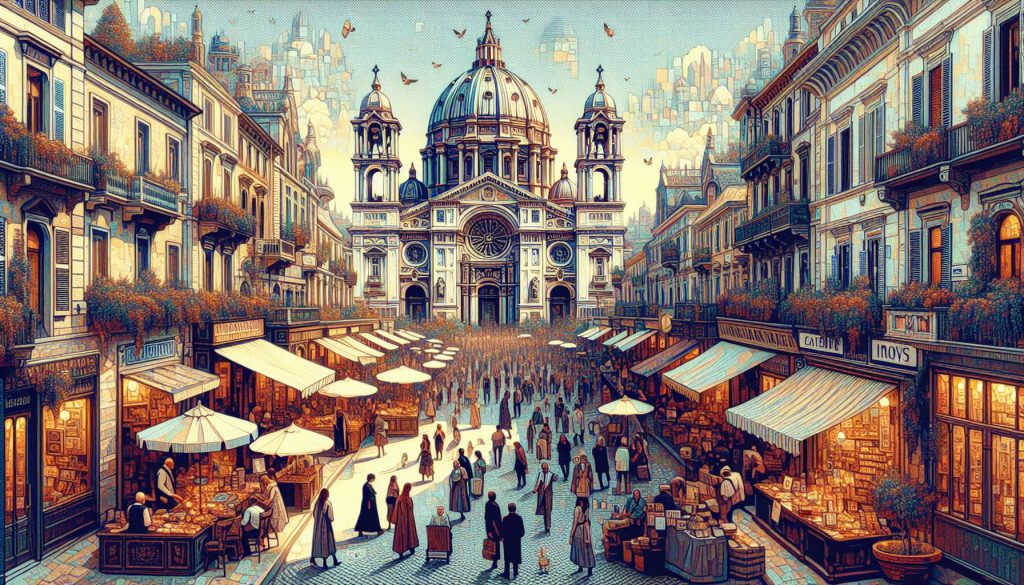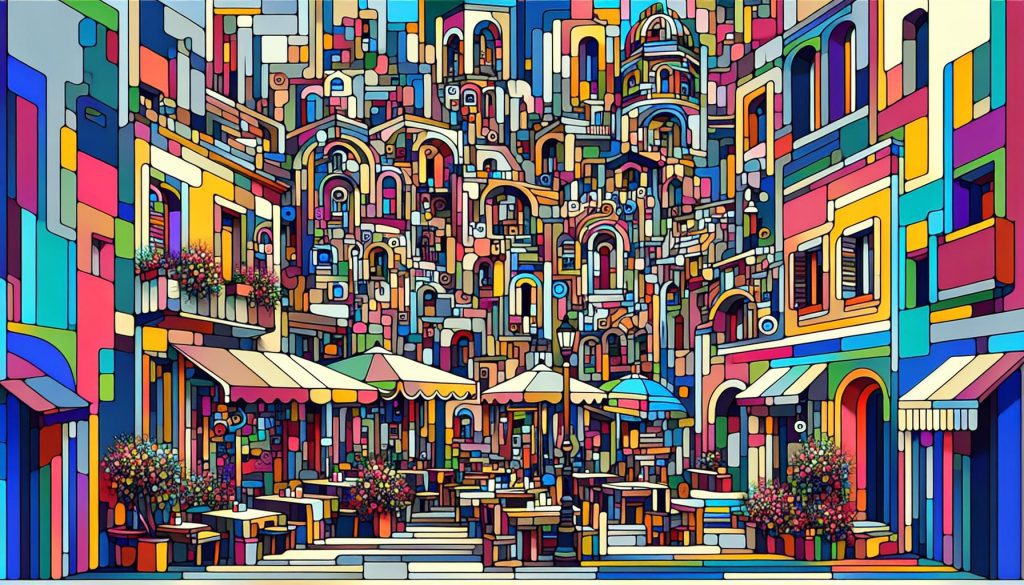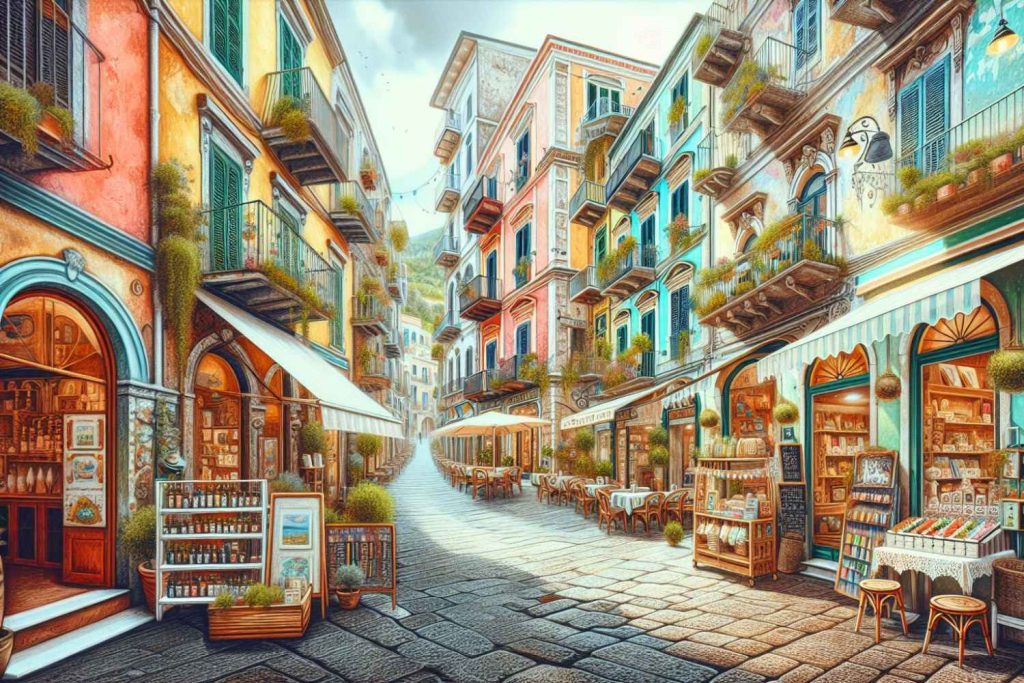Be immersed in this journey through the Roman Forum, we shall unearth the secrets and stories etched in the ancient stones and explore the enduring spirit of a bygone era.
A city that has witnessed the rise and fall of empires, there exists a treasure trove of history and antiquity that beckons travellers from all corners of the globe – The Roman Forum. This extraordinary archaeological wonder, steeped in legend and lore, offers a mesmerising glimpse into the glorious past of one of the world’s most influential civilizations.
The Roman Forum: A Brief Historical Prelude
To truly appreciate the Roman Forum, we must first take a step back in time to understand its profound historical significance. This sprawling plaza, dating back to the 7th century BC, was once the bustling epicentre of ancient Rome, where commerce, politics, and religion converged harmoniously. It bore witness to the grandeur of the Roman Republic, the ascent of the mighty Roman Empire, and the passing of countless generations. Today, its timeless ruins invite us to walk in the footsteps of emperors and philosophers, offering an unparalleled window into the past.
Entering the Forum
As you approach the entrance to the Roman Forum, an awe-inspiring sight awaits you – the Arch of Septimius Severus. This towering triumphal arch, adorned with intricately carved reliefs, commemorates the triumphant military campaigns of Emperor Septimius Severus. Each meticulously chiselled detail on its weathered surface tells a story of valour and conquest, inviting you to ponder the astonishing craftsmanship of ancient Rome. Standing beneath its colossal archway, you’ll find yourself transported back to an era when the might of Rome knew no bounds.
The Temple of Saturn
Passing through the arch and into the heart of the Forum, your gaze is drawn to the imposing remnants of the Temple of Saturn. Dedicated to the Roman god of agriculture, this sacred edifice once served as the repository of the state treasury, symbolising the prosperity and wealth of Rome. Though only a few colossal columns and fragments remain, their sheer scale and majestic presence evoke a sense of reverence and wonder, igniting the imagination as you contemplate the grandeur of the past.
The House of the Vestal Virgins
Wandering deeper into the Roman Forum, you stumble upon the House of the Vestal Virgins, a sanctuary dedicated to the Vestal Virgins who tended the eternal flame of Rome. This architectural marvel stands as a testament to the spiritual devotion of the city’s inhabitants. Its intricate design and ruins whisper tales of devotion, as if the sacred vestals themselves might appear at any moment, continuing their age-old rituals.
The Iconic Via Sacra
The Roman Forum is not just a collection of lifeless ruins; it’s a living repository of daily life in ancient Rome. As you tread upon the ancient cobblestones of the Via Sacra, the main thoroughfare of ancient Rome, you can almost hear the echo of bustling footsteps and the hum of vibrant street life. This sacred road bore witness to grand processions, ceremonies, and the pulse of Rome’s political and religious heart, offering a vivid snapshot of everyday existence in antiquity.
The Curia Julia: Where Senate Debated
A short stroll from the Via Sacra leads you to the Curia Julia, the Senate House of ancient Rome. Within these hallowed walls, the fate of the Roman Republic was passionately debated, and monumental decisions were reached. Though the Curia Julia has undergone extensive restoration, standing within its chambers, you can’t help but imagine the echoes of speeches by orators such as Cicero and the heated debates that shaped the destiny of Rome.
The Arch of Titus: A Triumphal Reminder
The Arch of Titus, a solemn and poignant structure, stands as a reminder of a pivotal moment in history. Its finely detailed reliefs depict the triumphant Roman soldiers carrying away the sacred Menorah after the conquest of Jerusalem. This powerful representation of military prowess and the spoils of war is a testament to the complexities and consequences of ancient geopolitics, etched in stone for eternity.
The Temple of Castor and Pollux
Near the Arch of Titus, the majestic Temple of Castor and Pollux, known as the Dioscuri, pays homage to the divine twins who, according to mythology, came to Rome’s aid in times of conflict. While only three Corinthian columns remain standing, they stand as proud sentinels, testifying to the architectural brilliance of ancient Rome. As you stand in their shadow, you can’t help but wonder about the rituals and ceremonies that once unfolded within this sacred space.
The Rostrum: Where Orators Once Stood
The Rostrum, or the Speaker’s Platform, holds a special place in the history of the Roman Forum. This is where renowned orators like Cicero and Mark Antony addressed the Roman citizens, wielding the power of words to sway hearts and minds. The platform, overlooking the Forum, is aptly named for the prows of ships mounted here to commemorate naval victories. As you stand on this historic podium, you can almost hear the impassioned speeches that once echoed through the open-air forum, shaping the destiny of a city and an empire.
The Temple of Julius Caesar
One of the most emotionally charged spots in the Roman Forum is the Temple of Julius Caesar. It is here that the body of the legendary Julius Caesar was cremated, and a monument in his honour was erected. A shrine now marks the very spot of his cremation, and visitors from around the world leave flowers and offerings in tribute to this iconic figure in Roman history. Standing in this sacred space, one can’t help but feel the weight of history and the profound impact of Julius Caesar on the course of Roman civilization.
The Palatine Hill: Overlooking History
The Roman Forum is not an isolated archaeological site; it is intimately connected to the Palatine Hill, one of Rome’s Seven Hills. This verdant hill offers panoramic views of the Forum below and was once the exclusive domain of emperors and Rome’s aristocracy. Exploring the ruins of opulent palaces, lavish gardens, and the Domus Augustana on the Palatine Hill provides a vivid picture of the extravagant lifestyles and opulence enjoyed by the Roman elite.
The Temple of Antoninus and Faustina
Dedicated to the deified Emperor Antoninus Pius and his empress Faustina, this temple has undergone a transformation over the centuries. What was once a place of Roman worship is now the Church of San Lorenzo in Miranda, a striking juxtaposition of ancient and Christian history. This evolution serves as a reminder of Rome’s enduring and evolving cultural legacy, where the old and the new coexist in harmony.
The Forum at Dusk
As the golden orb of the sun gradually descends over the city of Rome, casting its soft, amber glow upon the Roman Forum, the site takes on a surreal and ethereal quality. The fading daylight bathes the ancient stones in warmth, creating an enchanting atmosphere that is both nostalgic and captivating. This is the perfect time to pause, reflect, and soak in the immense history and significance of the Roman Forum. It’s a moment when you can sense the passage of time and the layers of history that have accumulated within these hallowed grounds.
Practical Tips for Visiting The Roman Forum
Opening Hours: The Roman Forum typically opens its gates daily, though hours may vary seasonally. For the most up-to-date information on opening times and ticket prices, it is advisable to consult the official website or inquire at the visitor centre.
Guided Tours: Consider joining a guided tour to enhance your experience. Knowledgeable guides can provide context, anecdotes, and historical insights that will deepen your appreciation of the Forum’s rich history.
Footwear and Comfort: Wear comfortable walking shoes, as you’ll be covering a considerable expanse of uneven terrain. The Roman Forum is expansive, and you’ll want to explore every nook and cranny, so comfort is key.
Hydration and Sun Protection: Carry a bottle of water to stay hydrated, especially during the warm summer months. Don’t forget to wear a hat and apply sunscreen to shield yourself from the sun’s rays.
Respect and Contemplation: The Roman Forum is a place of immense historical and cultural significance, so it is vital to be respectful. Refrain from climbing on ruins, touching delicate carvings, or engaging in any behaviour that could potentially harm these precious remnants of antiquity. Maintain a sense of quiet contemplation as you walk through this sacred space.
If you want to visit the Roman Forum, check out this highly-rated Roman Forum guided walking tour.
The Roman Forum stands as an indomitable testament to the enduring legacy of one of the world’s greatest civilizations.
It is not merely a collection of ancient ruins but a living, breathing chronicle of Rome’s glorious past. Visiting the Roman Forum is akin to stepping into a time machine, a journey that transcends the boundaries of the present and immerses you in the grandeur and complexities of the past. So, when in Rome, do as the Romans did and immerse yourself in the timeless wonders of the Roman Forum – an unforgettable experience that will etch its mark upon your soul and linger in your memories long after you’ve bid its hallowed grounds farewell.
Discover your ideal hotel near the Roman Forum.

I’ve been creating content and applications online since 1996. I’ve created several successful online businesses and enjoy creating content and tools that people enjoy using. I love to travel with my family and have visited more than 50 countries across all continents. We’re building the Visit.Network to bring interesting travel guides to travellers around the world.
More articles you might like...
You can find more great Rome content in the following categories;
All about Vatican City Commonly Asked Rome Questions Rome Accommodation Rome Food and Drink Rome History and Culture Rome Neighbourhoods Rome Tours and Must-See Attractions
